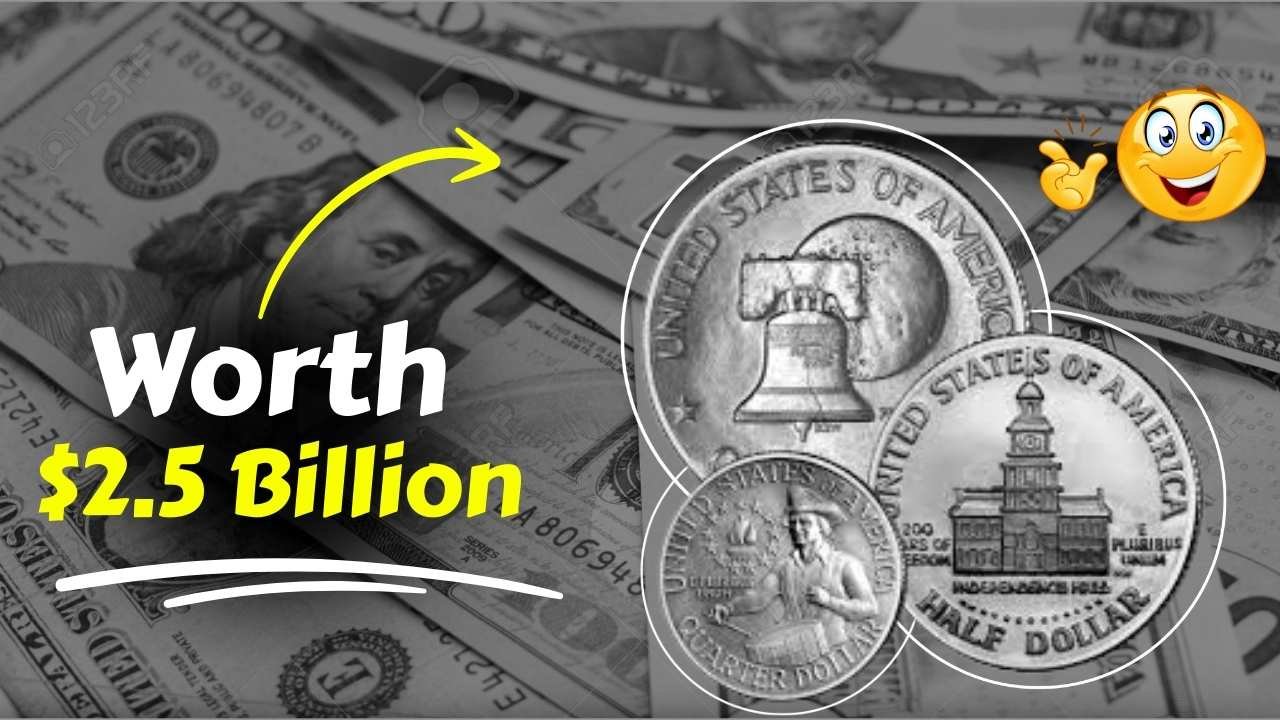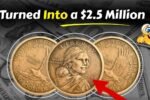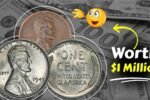Join on WhatsApp
Get the latest updates directly on WhatsApp – motivation, news & more!
The excitement of coin collecting often stems from the thrill of uncovering something rare, something that carries a story far greater than its face value. Among U.S. coins, the Bicentennial Quarter is a name that sparks curiosity, history, and, in rare instances, incredible fortunes. Believe it or not, some of these quarters, minted to celebrate America’s 200th birthday in 1976, could be worth as much as $2.5 billion if you happen to have the right one.
The Origins of the Bicentennial Quarter
To understand why some Bicentennial Quarters have become so valuable, it’s important to know the backstory. In 1976, the United States Mint issued quarters with a special design to commemorate 200 years since the Declaration of Independence. The reverse side of the coin featured a striking depiction of a colonial drummer and a victory torch, a departure from the traditional eagle design. These quarters were produced in massive numbers, millions flooding into circulation, making them seemingly common.
Yet, as with many coins, rarity isn’t always about numbers. Minting errors, unusual variations, and even misprints can transform a simple coin into a treasure. Some collectors have discovered Bicentennial Quarters that were accidentally struck with unusual metals, doubled dies, or off-center designs errors that instantly boost a coin’s value.
Why Certain Quarters Can Be Worth a Fortune
Several factors influence the value of a coin, and Bicentennial Quarters are no exception. While most circulate at face value, a handful possess traits that elevate them far beyond their original worth:
- Minting Errors: Coins with mistakes in the production process, such as doubled numbers or inverted designs, are highly prized. A tiny deviation during striking can turn a standard quarter into a multimillion-dollar piece.
- Limited Production Variants: Some quarters were produced in very small batches, often at certain mints. Coins from these limited runs are exceptionally rare today.
- Historical Significance: Beyond their monetary value, Bicentennial Quarters are symbols of a pivotal moment in U.S. history. Collectors are drawn to coins that commemorate events of national importance.
- Condition and Preservation: A quarter in mint or near-perfect condition commands far more than a worn, circulated coin. Even a small scratch or dent can drastically affect value.
In short, it’s the combination of history, rarity, and condition that can make a Bicentennial Quarter potentially worth millions.
Notable Rare Bicentennial Quarters
Among collectors, a few Bicentennial Quarters have reached legendary status. Examples include:
- Double Die Quarters: Some quarters show doubled images on the front or back due to a minting mishap. These can fetch tens of thousands of dollars or more.
- Silver Composition Quarters: While most Bicentennial Quarters were minted in standard copper-nickel, a few were accidentally struck on silver planchets. These rare pieces can be worth several million, depending on quality.
- Off-Center Strikes: Coins that were struck off-center or with incomplete designs are immediately recognizable and highly collectible.
Finding one of these anomalies is like stumbling upon a hidden treasure a small piece of history that could be worth a small fortune.
How to Identify a Valuable Bicentennial Quarter
For casual collectors or even the person scanning their loose change, spotting a rare quarter can be thrilling. Here are some practical tips:
- Check the Date: While all 1976 quarters are technically Bicentennial, variations in mint marks or design anomalies can make certain years more valuable.
- Look for Mint Marks: The letters “D” (Denver) or “S” (San Francisco) can indicate which mint produced the coin. Some rare variations were minted only in one location.
- Inspect for Errors: Missing elements, doubled features, or strange imprints can signify a misprint. These often hold far more value than the coin’s face value.
- Assess the Condition: Coins that are uncirculated or retain their original luster are prized. Even minor wear can reduce value significantly.
- Material Differences: Any unusual metal composition like a copper quarter when it should be clad can transform an ordinary coin into an extraordinary collectible.
Why Collectors Love Bicentennial Quarters
For coin enthusiasts, the allure of Bicentennial Quarters goes beyond monetary potential. They represent a tangible connection to American history, a moment frozen in metal that celebrates freedom, independence, and national pride. Some collectors aim to build complete sets, others hunt for rare errors, and still others seek high-grade specimens for display or investment.
Interestingly, the market for rare quarters has grown significantly as more collectors recognize the historical and financial value of these coins. Even coins that were once dismissed as ordinary pocket change are now considered collectibles, with some rare versions commanding jaw-dropping prices at auctions.
Conclusion: Could You Be Sitting on a Fortune?
While most Bicentennial Quarters are still worth 25 cents, a rare few could be the key to unimaginable wealth. If you come across a quarter with an unusual mint mark, odd metal composition, or striking errors, it might be worth far more than pocket change.
Coin collecting is part history lesson, part treasure hunt, and part investment strategy. Whether you’re an avid collector or just someone who happens to check your change more carefully than most, the thrill of discovering a rare Bicentennial Quarter is unmatched. After all, you never know you could be holding a $2.5 billion coin without even realizing it.


